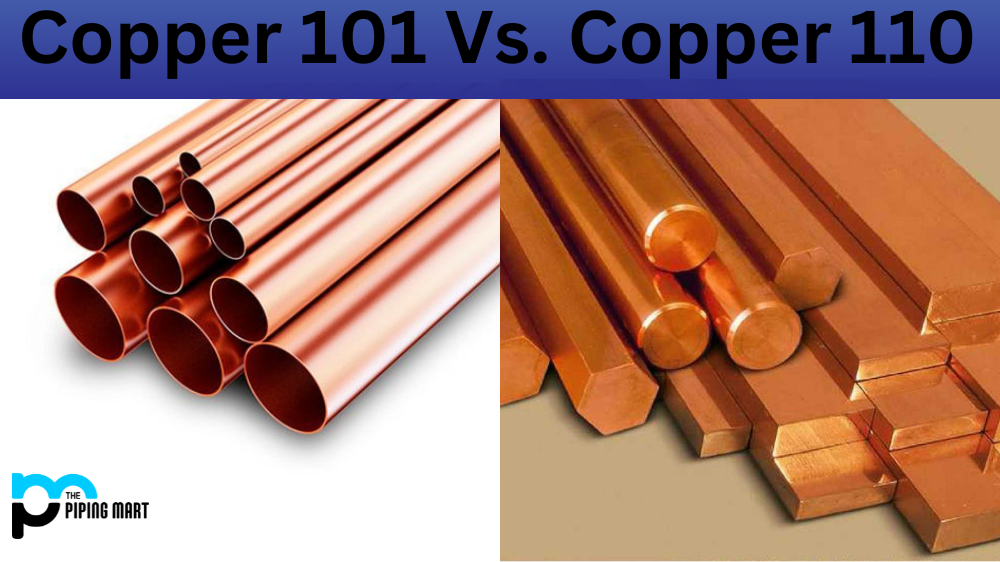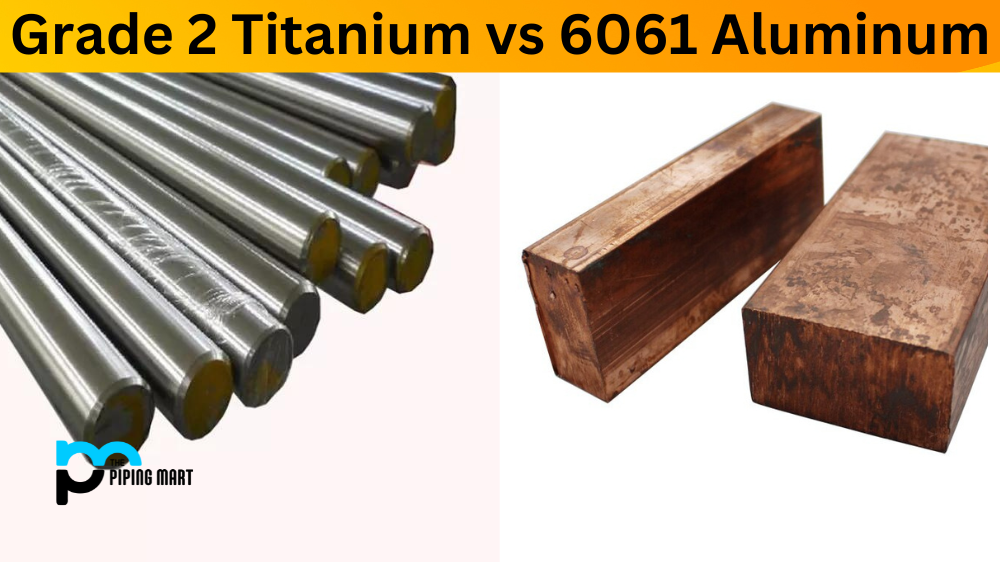When it comes to engineering projects that require a strong, durable metal, there are two main contenders—cast steel and stainless steel. These metals have a lot in common, but they also have several differences that make them better suited for different tasks. Knowing the difference between cast steel and stainless steel will help you choose the best material for your project.
Types of Steel
Cast steel is a form of carbon steel alloyed with substances such as chromium, nickel, molybdenum and manganese. It is made by melting iron ore at high temperatures with other materials in a furnace or ladle before pouring it into a mould. Stainless steel is essentially an alloy of iron that contains at least 10.5% chromium and sometimes other elements such as nickel and molybdenum. The chromium content gives stainless steel its corrosion resistance properties; this makes it ideal for applications where the metal will come into contact with water or acidic materials, such as food processing equipment or medical instruments.
Difference Between Cast Steel and Stainless Steel
Durability & Strength
When it comes to strength and durability, both cast steel and stainless steel are excellent choices. Cast steel is often used in structural components due to its superior strength-to-weight ratio, which makes it able to handle large amounts of stress without breaking down. Stainless steel’s resistance to corrosion means that it can be used in parts exposed to water on a regular basis without becoming damaged over time. Additionally, stainless steel has higher tensile strength than cast steel; this means that it can withstand higher levels of tension before breaking down or deforming permanently.
Cost & Maintenance
When comparing costs, cast steel tends to be more affordable than stainless steel due to its lower production costs; however, these cost savings may be offset by the need for more frequent maintenance due to its greater susceptibility to corrosion if not properly cared for. On the other hand, stainless steel’s corrosion-resistant properties mean that it requires less upkeep over time; this reduces maintenance costs in the long run, which might make up for any initial price difference between the two types of metal.
Conclusion:
In summary, cast steel and stainless steel are both strong metals used in many engineering projects today. While they have some similarities—such as their durability—there are also key differences between them when it comes to cost and maintenance requirements, as well as their ability to resist corrosion. Knowing these characteristics will help you determine which type of metal is best suited for your project needs so you can get the most out of your investment!

Abhishek is a seasoned blogger and industry expert, sharing his insights and knowledge on various topics. With his research, Abhishek offers valuable insights and tips for professionals and enthusiasts. Follow him for expert advice on the latest trends and developments in the metal industry.




